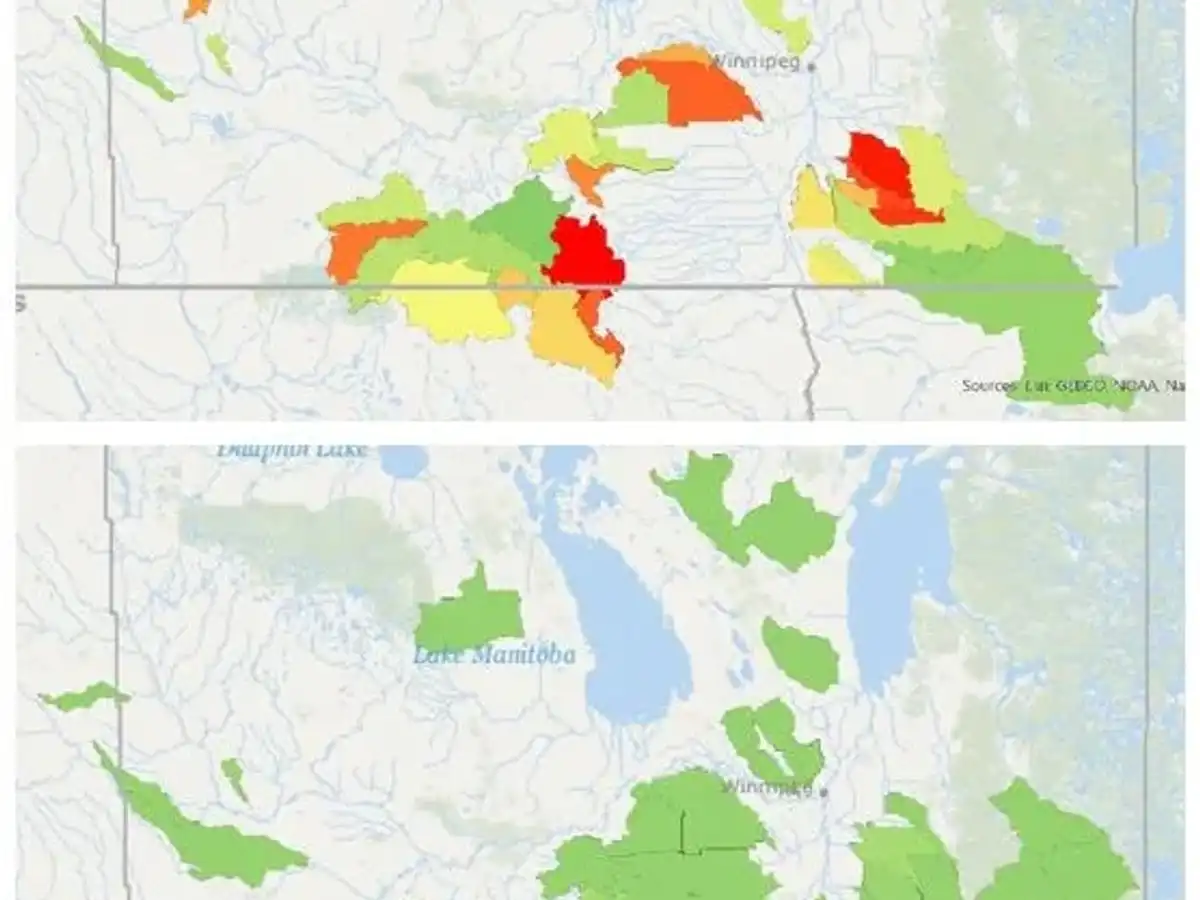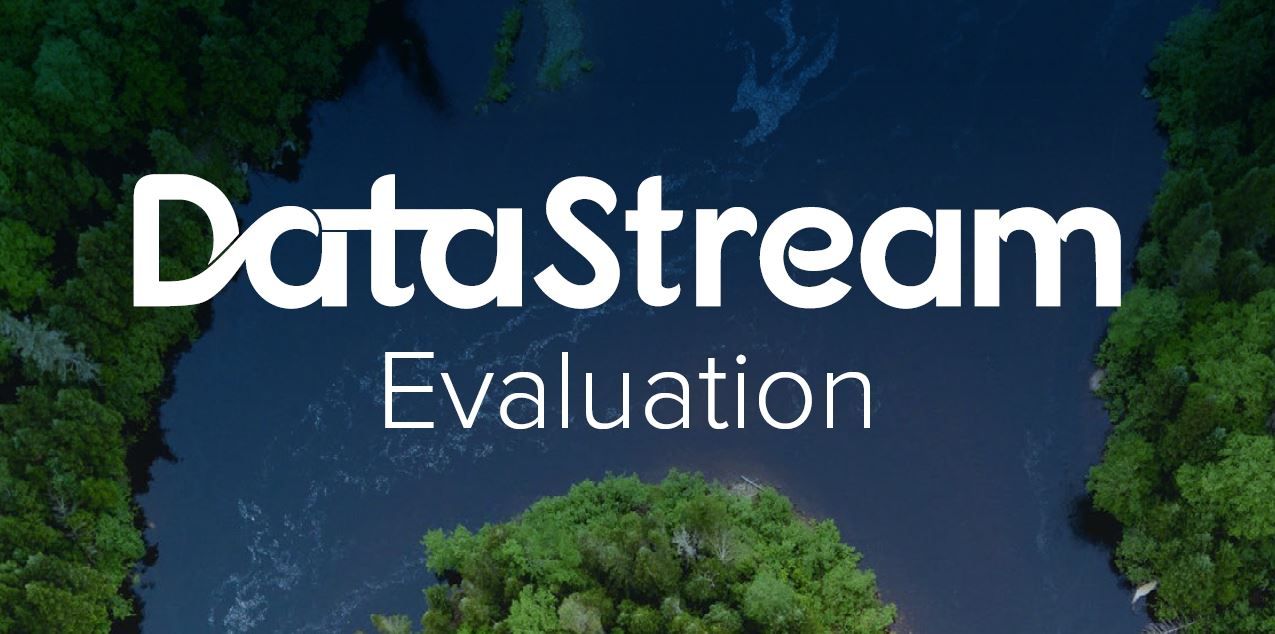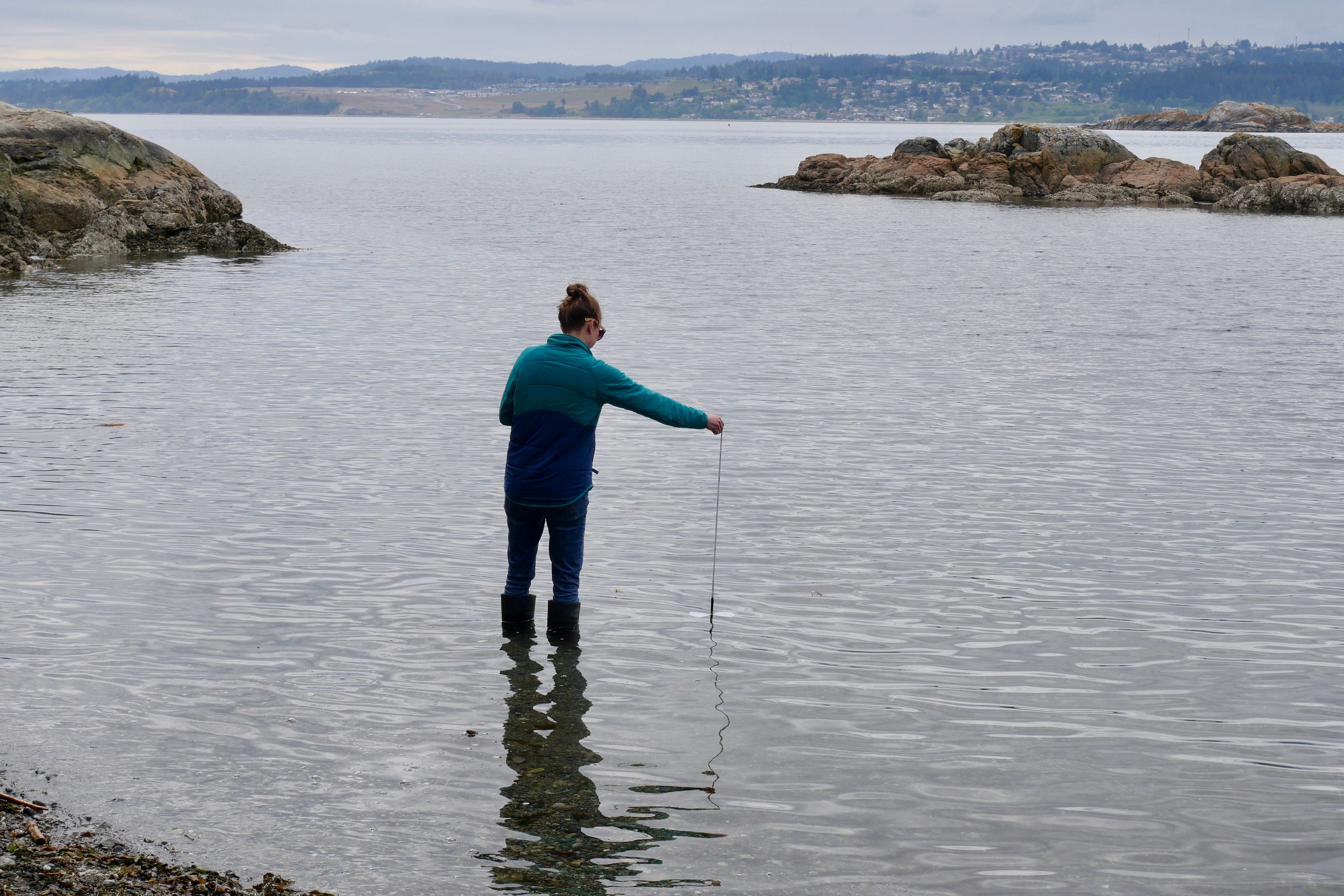
Water Quality Challenges in Lake Winnipeg
Written by: The Lake Winnipeg Foundation
July 22, 2019
Lake Winnipeg is sometime called the Great Lake of the West – and with good reason. The 10th largest freshwater lake in the world, this vast inland sea defines Manitoba’s geography, drives its economy, shapes its cultures and supports its biodiversity.
But Lake Winnipeg is also in trouble. Algae blooms have been increasing in size and frequency over the past several decades – contaminating beaches, reducing water quality and threatening the viability of lakeshore industries and communities.
Algae is the result of eutrophication, a process driven by a nutrient called phosphorus. Phosphorus is needed by all living things. However, when excessive amounts of phosphorus are flushed into the many waterways that criss-cross Lake Winnipeg’s massive watershed – an area 40 times larger than the lake itself – the result are the soupy green blooms which plague its waters and wash up on its shores every summer.
Some species of algae are beneficial, serving as the basis of a lake’s food chain. Other species – such as cyanobacteria, more commonly known as blue-green algae – can be toxic to humans and animals. What’s more, algae also have the potential to change the chemical composition of the lake because they use up oxygen when they decompose. Oxygen-deficient (or “anoxic”) freshwater ecosystems are unable to support life.
For decades, Lake Winnipeg has been under siege from phosphorus loading from a variety of upstream sources, including agricultural activities, undertreated human sewage, urban runoff, and even common household and personal care products. Eutrophication caused by this phosphorus overload has been exacerbated by many factors – for example, flooding caused by a changing climate, and the ongoing destruction of natural wetlands which hold back and filter water. The recent arrival of invasive zebra mussels has added a new level of complexity to an already complicated problem.
The water-quality challenges facing Lake Winnipeg have many inputs, multiple players and an ever-changing context. Meaningful improvement to the lake’s health therefore requires sustainable commitment and investment across sectors.
The Lake Winnipeg Foundation is addressing the root causes of harmful algae blooms. Its flagship initiative, the Lake Winnipeg Health Plan, identifies eight evidence-based actions to reduce phosphorus loading, including increased wetland protection, the adoption of water-retention practices in agricultural communities and the implementation of upgraded sewage treatment systems in urban jurisdictions. Translating science into solutions, this plan is providing a blueprint for cost-effective decision-making and long-term, adaptive freshwater management that will improve the health of Lake Winnipeg.

The Lake Winnipeg Foundation (LWF) is an environmental charity that advocates for change and co-ordinates action to improve the health of Lake Winnipeg, the 10th largest freshwater lake in the world. Guided by the expertise of its Science Advisory Council, LWF advances collaborative efforts in research, education, policy and stewardship, translating science into solutions to address the root causes of potentially harmful algae blooms. It works with non-profit, academic, industry and government sectors, First Nations, and the public.
The results are in! DataStream's 2023 external evaluation
We asked for your feedback, and you delivered! DataStream is pleased to share the results of our 2023 external evaluation.
Job Posting: Executive Director
The Executive Director (ED) will play a pivotal role in leading DataStream at an exciting time of growth.
Join DataStream's Pacific Data Drive
Do you collect water quality data in British Columbia or the Yukon? If YES, we want to work with you!


